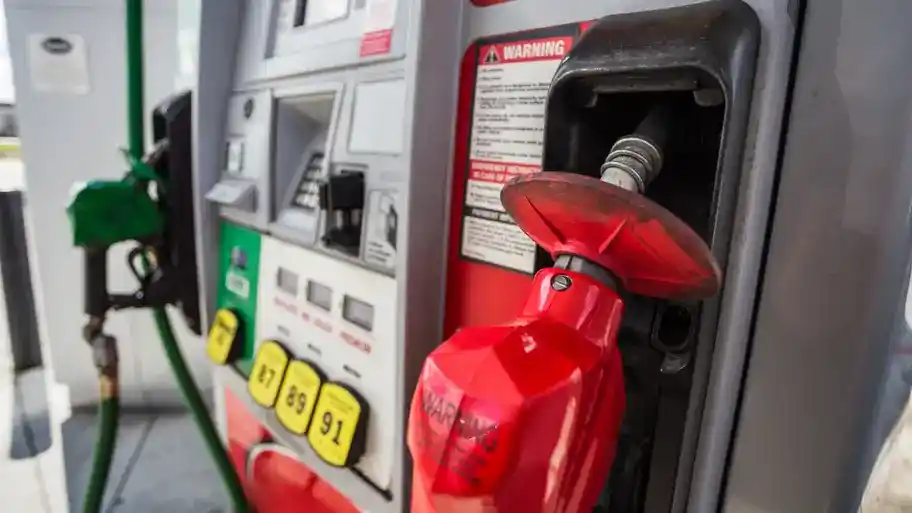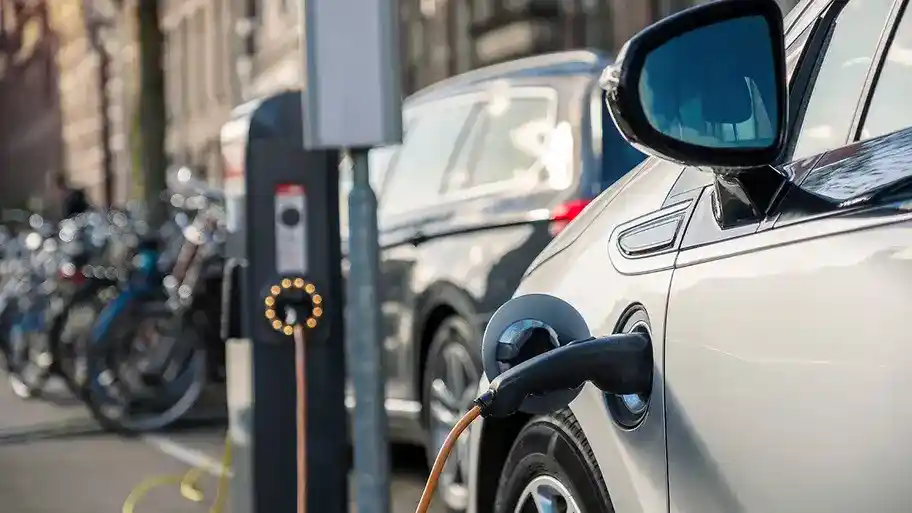Best overall
Bankrate score
Our writers, editors and industry experts score credit cards based on a variety of factors including card features, bonus offers and independent research. Credit card issuers have no say or influence on how we rate cards.
Bankrate score
Our writers, editors and industry experts score credit cards based on a variety of factors including card features, bonus offers and independent research. Credit card issuers have no say or influence on how we rate cards.
A FICO score/credit score is used to represent the creditworthiness of a person and may be one indicator to the credit type you are eligible for. However, credit score alone does not guarantee or imply approval for any financial product.
Intro offer
$200 online cash rewards bonus after you make at least $1,000 in purchases in the first 90 days of account opening.
$200
Rewards rate
Earn 3% cash back in the category of your choice (up to $2,500 in combined choice category/grocery store/wholesale club quarterly purchases). Earn automatic 2% at grocery stores and wholesale clubs (up to $2,500 in combined choice category/grocery store/wholesale club quarterly purchases). Earn unlimited 1% on all other purchases.
1% - 3%
Annual fee
$0
Regular APR
19.24% - 29.24% Variable APR on purchases and balance transfers









